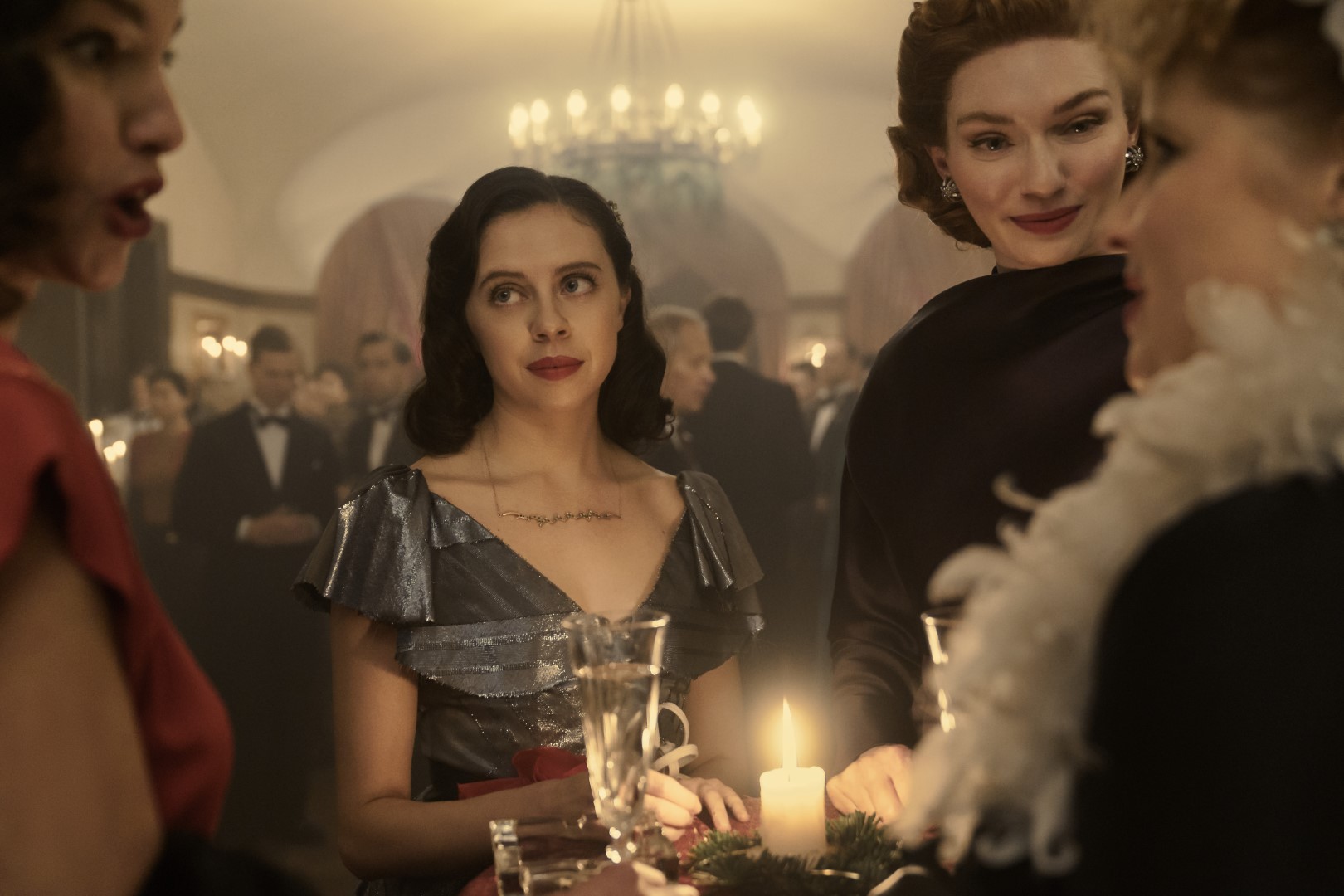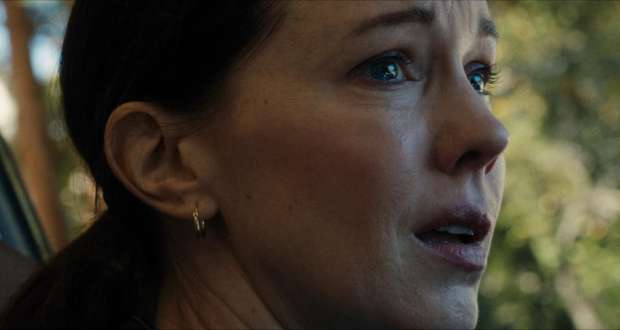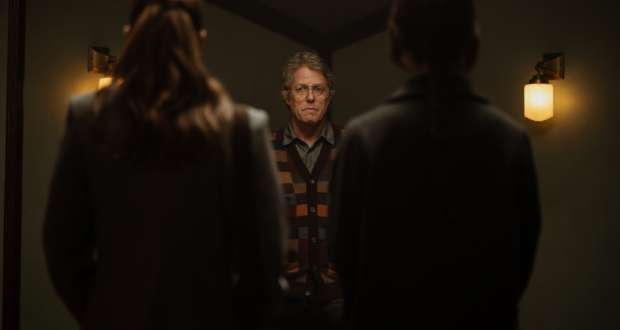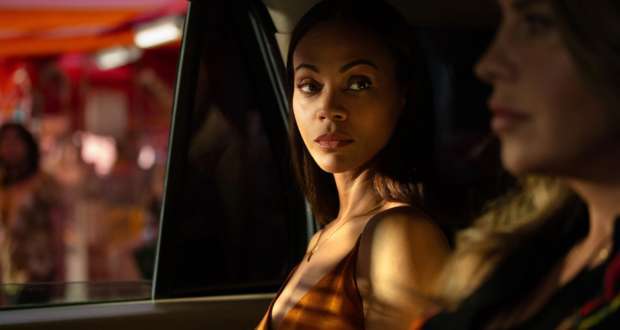The opening episodes of the series build the character of Miep. “A Small Light” is the story of Miep Gies ; Born. Hermine Santruschitz. 15 February 1909. Vienna, Austria-Hungary (Now Austria) ; Died, 11 January 2010 (2010-01-11) (aged 100)in Hoorn, Netherlands.
Miep was sent to Amsterdam from her native Vienna, Austria to be raised by the Gies family because her health was fragile. Her nuclear family felt it was in her best interests to relocate her to Amsterdam. There she could receive medical care and enjoy a generally better quality of life. She remained in Amsterdam for the rest of her life.
Miep, as portrayed by Bel Powley (“The Morning Show,” “The King of Staten Island,” “White Boy Rick“) seems carefree and lighthearted and not that interested in either working or settling down. Her adopted family has conversations with her about the possibility of Miep marrying her adopted brother, to alleviate the hardship for the family as they continue to support Miep during war-time. This detail about Miep’s potential marriage to someone she regarded as her brother was factual. It was uncovered during research by show creators Tony Phelan and Joan Rater, a married couple.
Miep’s brother being gay, however, was a poetic license, based on the gay community’s fervent support for the Resistance in Amsterdam during WWII. The co-creators also shared that their extensive research for the series was all donated to the Anne Frank House/Museum at the end of filming.
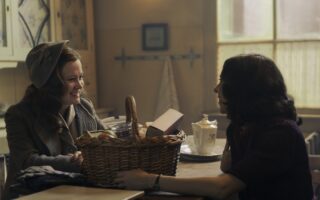 Joan arrived late for the Q&A due to flight delays. She explained that she and her husband were touring the Anne Frank home in Amsterdam. They became intrigued by the untold story of Miep Gies, the young woman who stepped up to help hide Otto Frank and his family when the Nazis invaded the Netherlands. The sets were exact recreations of the space in which the Franks hid; exterior shots of the street were filmed on location in Amsterdam.
Joan arrived late for the Q&A due to flight delays. She explained that she and her husband were touring the Anne Frank home in Amsterdam. They became intrigued by the untold story of Miep Gies, the young woman who stepped up to help hide Otto Frank and his family when the Nazis invaded the Netherlands. The sets were exact recreations of the space in which the Franks hid; exterior shots of the street were filmed on location in Amsterdam.
Miep is naïve about how bad things will become for Jewish residents of the Netherlands. (“Hitler won’t come here. We’re neutral.”) She is, at first, among those Dutch citizens who cannot believe that the Germans will invade their peaceful city and country. Others, who are more practical, are convinced that Hitler will, in fact, invade.
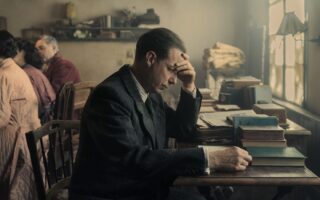 May 10-15, 1940: The Queen fled to London and the Netherlands fell to the Nazis in five days.
May 10-15, 1940: The Queen fled to London and the Netherlands fell to the Nazis in five days.
Miep is proven wrong in her optimistic belief that “all will be well.” She becomes very active in helping Jews go into hiding, not only helping the Franks build a secret hideaway above Otto’s Opetka office but also helping hide other Jewish families in the city. Once the Franks are in hiding, securing food for them will fall to Miep, and it is not an easy task since ration books are the order of the day.
Miep, simultaneously, has a romance with a bookish young man named Jan, played by Joe Cole (“Peaky Blinders”). Jan tells Miep that he is actually already married to someone else, but just doesn’t have enough money to finalize the divorce. That was an odd beginning to their courtship. (His haircut was even odder.)
Miep is shown ditching Jan at a club, as she initially found his bookish ways (he is reading Franz Kafka’s “Metamorphosis”) boring. Ultimately, the couple discover they have many shared interests and they become a couple. Jan is played by Joe Cole (“Against the Ice,” “The Ipcress File”).
As the couple becomes more and more involved in the Dutch Resistance—Miep in their neighborhood and Jan banding together with like-minded co-workers (he is a social worker)—the couple works together to solve problems such as how to secure extra ration books in order to feed the nine people hiding in the upper area above Otto Frank’s Opetka offices, accessed via a fake bookcase.
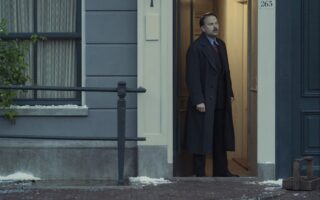 It falls to the efforts and goodwill and chutzpah of Good Samaritans such as Miep and Jan to hide and provide for the persecuted Jews. Miep hid the Franks for over 2 years. The Franks went into hiding on July 5, 1942.
It falls to the efforts and goodwill and chutzpah of Good Samaritans such as Miep and Jan to hide and provide for the persecuted Jews. Miep hid the Franks for over 2 years. The Franks went into hiding on July 5, 1942.
During that time, Miep was also helping hide other families. At one point, the Franks’ Jewish dentist, Dr. Pfeffer (Noah Taylor) must go into hiding with the Franks and their guests, and the Van Pels family also moves in. A line in the script, when husband Jan suggests that Miep should have shared her decision with him before saying yes to Otto Frank (Liev Schreiber with his hair shaved back to mid-pate), is, “I didn’t think I needed to consult you before agreeing to save someone’s life.”
From the stage during the Q&A, Joan Rater shared with the audience that she and her husband (co-creator Tony Phelan, who directed 3 episodes and scripted others) have a son about the age that Miep was when she was asked to help hide the Franks. It was being in Amsterdam and thinking about the way in which their own son might react that was the genesis of the largely untold story of Miep Gies.
POTENTIAL SPOILERS
 Most of us are familiar with “The Diary of Anne Frank.” Only Otto survived being imprisoned. Edith (the mother) died at Auschwitz. Anne and Margot were transferred to Birkenau and died there of typhus.
Most of us are familiar with “The Diary of Anne Frank.” Only Otto survived being imprisoned. Edith (the mother) died at Auschwitz. Anne and Margot were transferred to Birkenau and died there of typhus.
As for Miep Gies, the focus of this film, she lived to be almost 101. When the Franks were arrested in August of 1944, possibly turned in by neighbors or by the cleaning person at Otto’s business, Miep Gies and Bep Voskuijl were not arrested. Miep managed to excuse herself by saying she knew nothing of those in hiding.
Miep and two others would rescue Anne’s diary before the Nazis cleared out the hiding place. They would eventually return the papers to Otto Frank. Anne’s father would see that Anne’s writing was published (initially as “Diary of a Young Girl”).
New episodes will debut every Monday at 9/8c and 10/9c on National Geographic and will stream the next day on Disney +. The timeliness of the script, plus the excellent performances and on-site location shooting, have this series marked for nominations during awards season.
